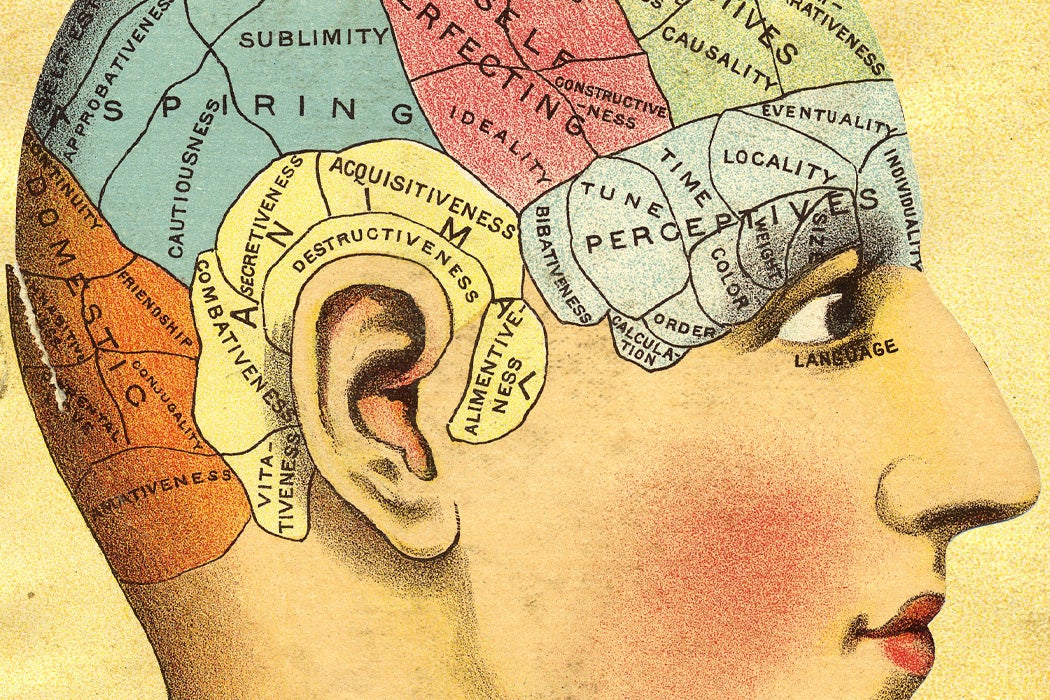Week 7: Neuroscience + Art
The brain is a complex subject that often times would not be so easily associated with art. Neuroscience in general has provided the world with a greater understanding of the consciousness and memory which in turn has had an undeniable influence on even art as a culture. It all started with Franz Joseph Gall's concept of phrenology in which an individual's skull shape was used to determine one's characteristics and intellect. Though extremely flawed in hindsight, this ideology and thinking provided an important foundation for further advancements in the field of neuroscience.
 |
| Skull Diagram for Phrenology |
 |
| "Beautiful Brain" by Cajal |
 |
| Brainbow |
Images:
Wills, Matthew. "Walt Whitman, America's Phrenologist." 31 May 2019, https://daily.jstor.org/walt-whitman-americas-phrenologist/.
“Nobel Prize Winner Cajal's Drawings Show 'Beautiful Brain'.” The Well, 10 July 2019, https://thewell.unc.edu/2019/01/30/nobel-prize-winner-cajals-drawings-show-beautiful-brain/.
Weissman, Tamily. “Cell Picture Show.” Call Press, https://www.cell.com/pictureshow/brainbow.
Sources:
Vesna, Victoria. “Conscious/Memory, Part 1.” DESMA9. DESMA9, 12 May 2022, Los Angeles, UCLA.
Vesna, Victoria. “Conscious/Memory, Part 2.” DESMA9. DESMA9, 12 May 2022, Los Angeles, UCLA.
Ink, Social. “The Beautiful Brain: The Drawings of Santiago Ramón y Cajal.” Grey Art Gallery, 23 Aug. 2018, https://greyartgallery.nyu.edu/exhibition/beautiful-brainthe-drawings-santiago-ramon-y-cajal/.
Blaszczyk, Connie. “3Q: The Interface between Art and Neuroscience.” MIT News | Massachusetts Institute of Technology, 16 Apr. 2019, https://news.mit.edu/2019/3-questions-sarah-schwettmann-interface-between-art-and-neuroscience-0416.
“Brainbow.” Wikipedia, Wikimedia Foundation, 24 Dec. 2021, https://en.wikipedia.org/wiki/Brainbow.
Hi Jonathan! Great post! I love how you clearly showed the specific connections between art and science with what we learned in lecture. I think this clear delineation is important. I also appreciate how you mentioned that art is a great learning tool. I never really thought about it that way, but it is definitely true, especially for those who are more visual learners.
ReplyDelete